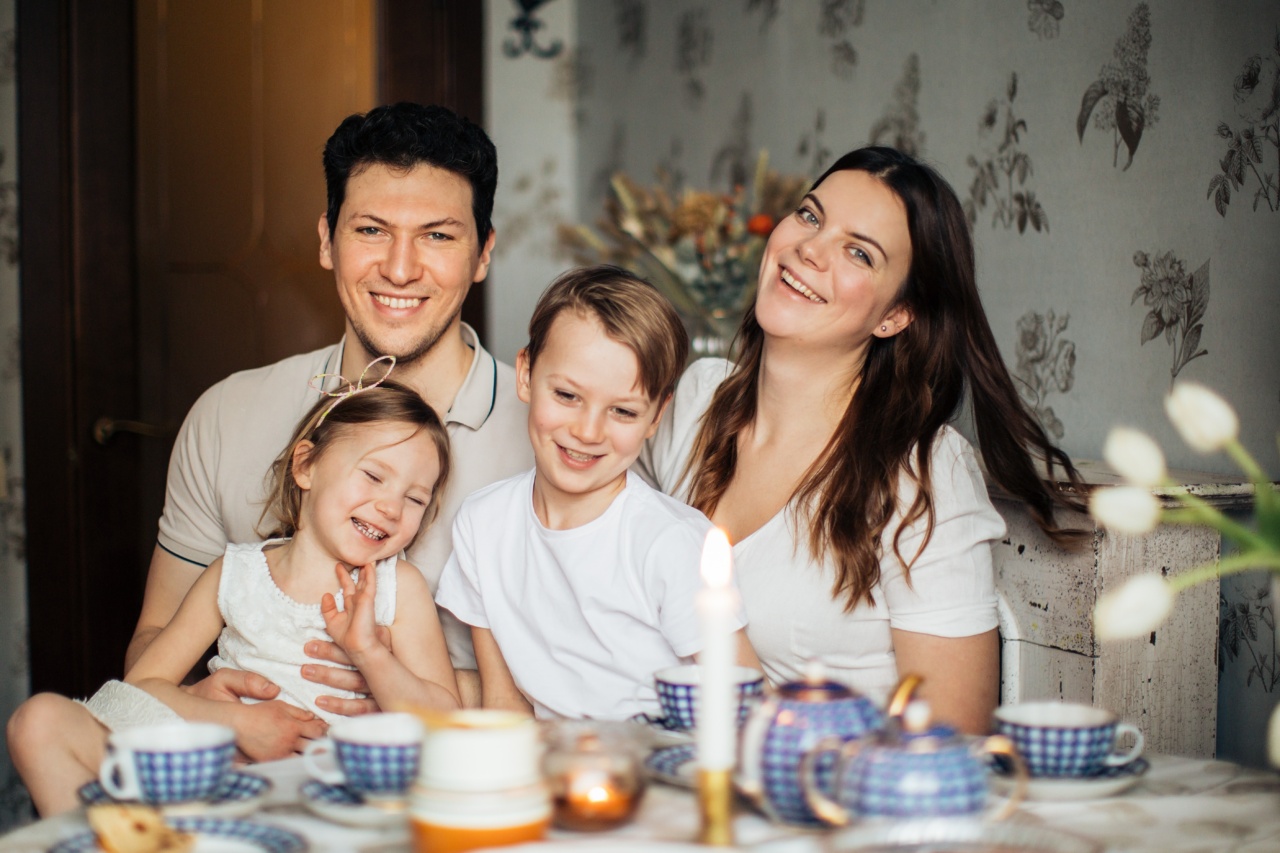Relationships have evolved significantly over the years, and we now find ourselves navigating through an array of new categories that were not as prevalent in the past.
Gone are the days when relationships were limited to a binary choice of single or married. Today, there are several new forms that individuals can identify with, each with its own unique dynamics and characteristics.
In this article, we will explore four emerging categories of relationships and provide insights into the various factors that define them.
The Open Relationship
One of the most prominent relationship categories that has gained popularity in recent years is the open relationship.
In an open relationship, individuals agree to have multiple emotional and/or sexual partners simultaneously while maintaining honesty and communication about their encounters. This category offers individuals the opportunity to explore connections with multiple people, both physically and emotionally, without the traditional confines of monogamy.
Open relationships require a high level of trust, effective communication, and the establishment of clear boundaries to ensure the emotional well-being of all parties involved.
It is crucial for partners in an open relationship to openly discuss their expectations, set rules, and constantly reassess their comfort levels as the dynamics evolve.
The Polyamorous Relationship
Polyamory is a relationship category that acknowledges and accepts the possibility of individuals having multiple loving and committed relationships concurrently.
Unlike open relationships, which often focus on physical or sexual connections, polyamory emphasizes emotional attachment and the development of deep connections with multiple partners.
In a polyamorous relationship, all partners involved are aware of one another and actively consent to the arrangement. Communication, transparency, and trust are vital for the success of polyamorous relationships.
Individuals in polyamorous partnerships must navigate complex emotions, jealousy, and the needs of multiple partners, which can require a significant amount of emotional maturity and time management skills.
The Co-Parenting Relationship
With changing societal norms and an increasing number of individuals choosing to have children without entering into traditional romantic relationships, the concept of co-parenting has gained traction.
Co-parenting relationships involve individuals who are not romantically involved but have a shared commitment to raising a child or children together.
Co-parenting relationships can consist of friends, siblings, or even individuals who meet through specialized platforms designed to connect potential co-parents.
While the dynamics of these relationships can vary, effective communication, mutual respect, and a common goal of providing a stable and loving environment for the child are essential.
The Long-Distance Relationship
In an increasingly interconnected world, long-distance relationships have become more common.
Many individuals find themselves in situations where geographical distance separates them from their partners, which can lead to unique relationship dynamics and challenges.
Long-distance relationships require a high level of commitment, trust, and effective communication to overcome the physical separation.
Partners in long-distance relationships must find ways to maintain emotional connection, navigate time zone differences, and plan regular visits to ensure the sustenance of their bond.
Conclusion
As societal norms continue to evolve, so too do the categories of relationships that individuals can identify with.
The four new forms discussed in this article – open relationships, polyamorous relationships, co-parenting relationships, and long-distance relationships – are just a few examples of the diverse range of connections that individuals can experience. It is crucial for individuals to have open and honest conversations about their relationship preferences and boundaries to ensure the well-being and harmony of all parties involved.



























